Take remote work to a whole new level with the NVIDIA A16. The NVIDIA A16, combined with NVIDIA Virtual PC or NVIDIA RTX Virtual Workstation software, empowers virtual desktops and workstations with powerful features and performance, allowing users to work on any project from anywhere. Designed for high-density, graphics-rich virtual desktop infrastructure, the A16, powered by the NVIDIA Ampere architecture , delivers twice the user density of the previous generation while ensuring an optimal user experience.
Setting a new standard for virtual desktops
Optimized for user density and integrated with NVIDIA Virtual PC software, it allows users to use a graphics-rich virtual PC wherever they are.
NVIDIA RTX Virtual Workstation software provides users with a large screen buffer on every entry-level virtual workstation, allowing them to run workloads such as computer-aided design (CAD)
The unique quad-GPU motherboard design allows different user profile sizes and user types (such as virtual PC and virtual workstation) to be deployed on a single motherboard.
Delivers higher frame rates and lower end-user latency compared to CPU-only virtual desktop infrastructure, so applications are more responsive and provide a user experience that's indistinguishable from a native PC.
Designed for graphics-rich virtual desktop infrastructure, it uses dual-slot specifications and can support up to 64 users simultaneously on each motherboard.
Support for multiple high-resolution displays (up to two 4K or one 5K display) provides maximum productivity and immersive quality in virtualized environments
The encoder delivers more than double the throughput of the previous generation M10, delivering the multi-user performance required for streaming video and multimedia.
Supports the latest encoding formats, including H.265 encoding/decoding, VP9 and AV1 decoding, providing the highest quality video experience
Supports PCI Express Gen4, which improves data transfer speeds between CPU and memory when performing data-intensive tasks.
Includes CUDA® cores, second-generation RT cores, and third-generation Tensor cores based on the NVIDIA Ampere architecture, providing the flexibility needed to host virtual workstations powered by NVIDIA RTX™ Virtual Workstation software and leverage unused virtual desktop infrastructure resources for compute workloads.
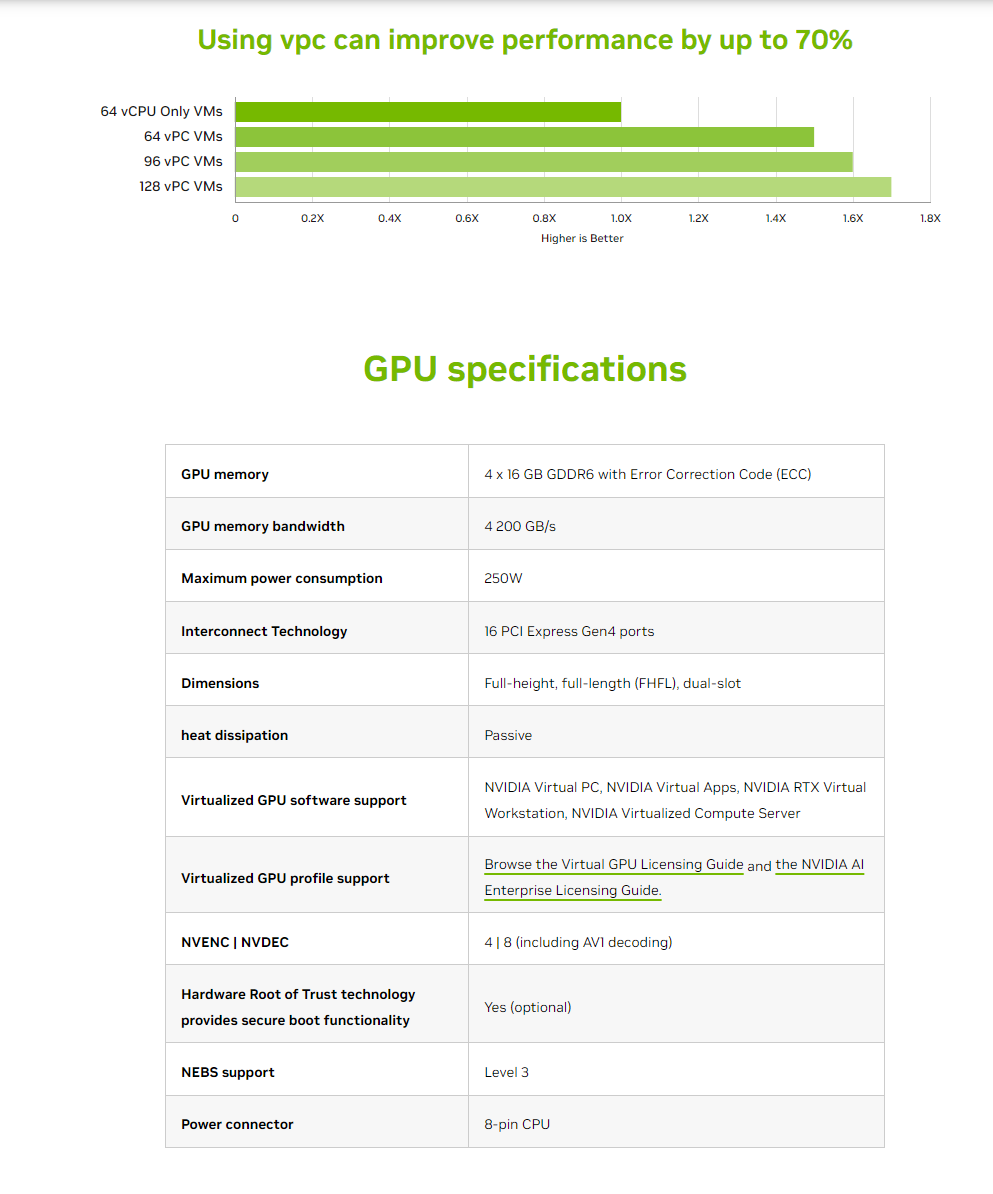
Yes, we retrofit legacy systems (e.g., GE Frame 5, Siemens V94.2) with modern digital controllers, typically completing hardware integration within 4-8 weeks. Software migration requires additional validation time.
We recommend annual performance testing under ISO 3977-2 standards. Critical applications (e.g., offshore platforms) may require semi-annual tests with emissions compliance checks.
All rad-hard devices (e.g., FPGA, ADC) are QML Class V certified under MIL-PRF-38535 and tested to MIL-STD-883 Method 1019 for SEU tolerance. Full qualification reports are available upon request.
Our ASICs and power management ICs operate across -55°C to +175°C ambient temperatures, with derating curves provided in military temperature range (MTR) datasheets.
Our PMA parts (e.g., actuators, sensors) hold FAA/EASA Form 1 certification and match OEM form/fit/function. Installation requires SB/MB documentation per FAA AC 23.1529.
All NAS/MS fasteners include full DNA traceability: melt source (AMS 2301), heat/lot numbers, and AS9100-compliant MTRs with ultrasonic test reports.
AOG orders ship within 4 hours for stocked items (FAA-PMA, EASA Part 21G). Non-stock critical parts trigger priority manufacturing with 72-hour max turnaround.
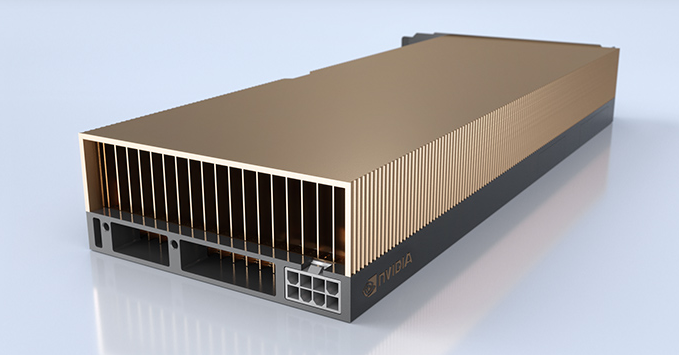
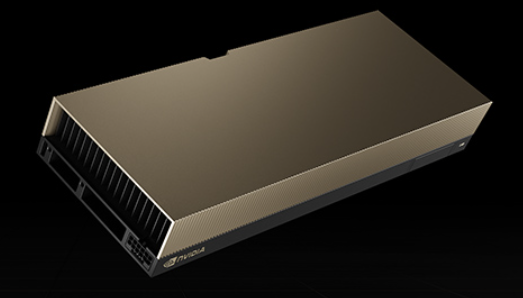
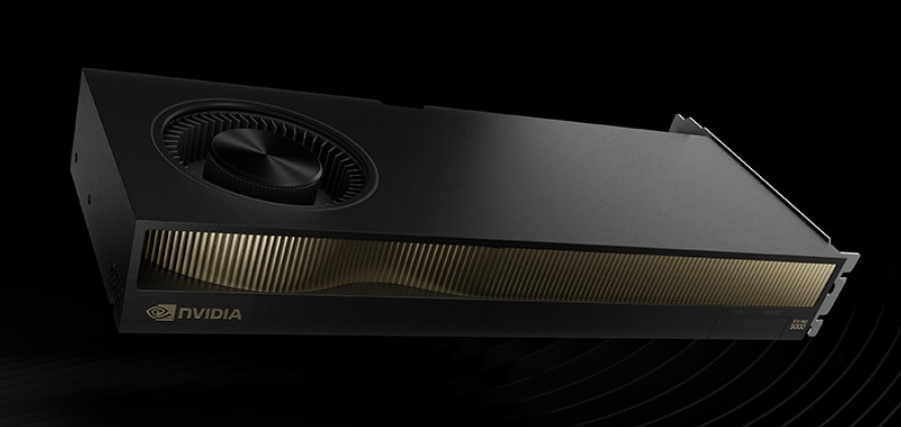
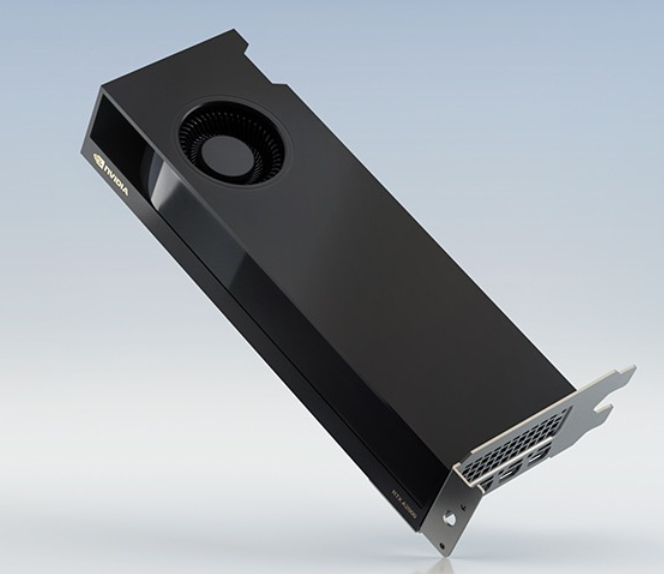
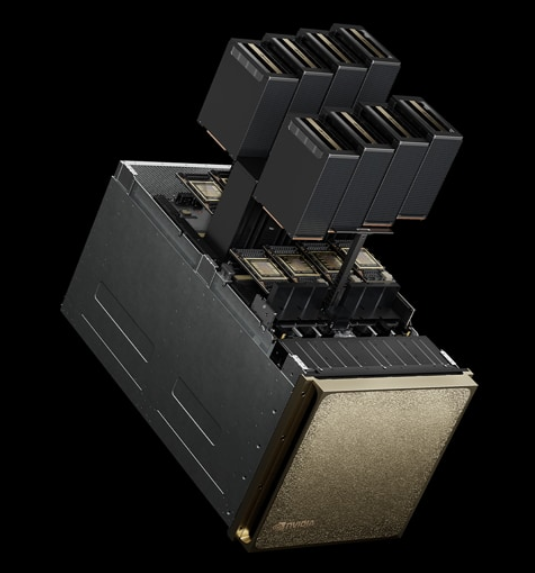
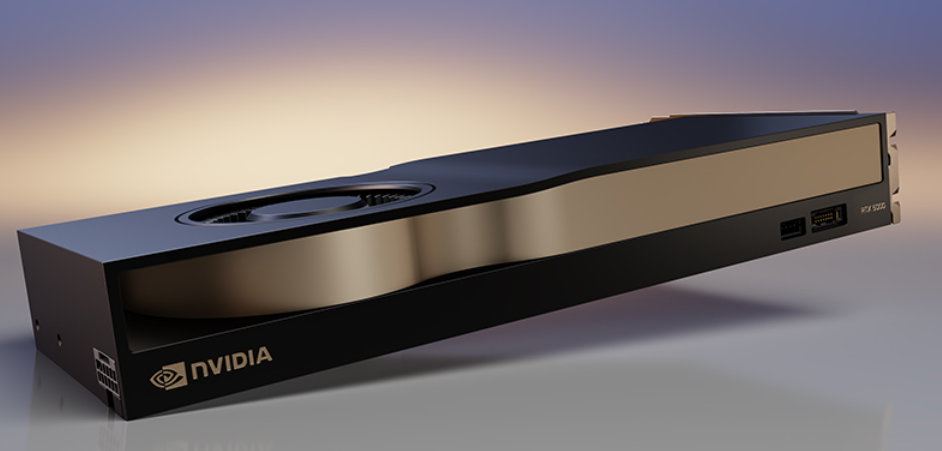
 Gas Turbine
Gas Turbine
 Aircraft parts
Aircraft parts